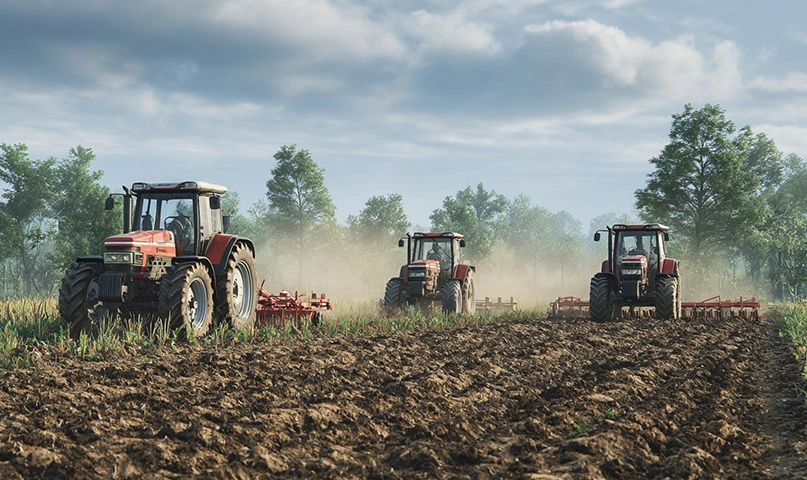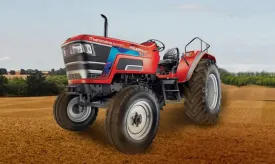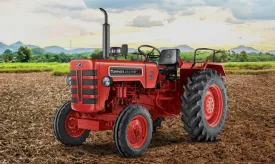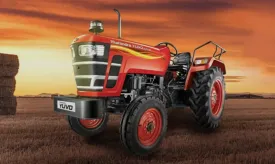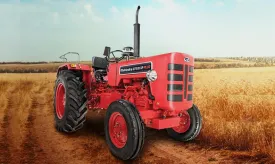Guide to Soil Preparation for Successful Crop Cultivation
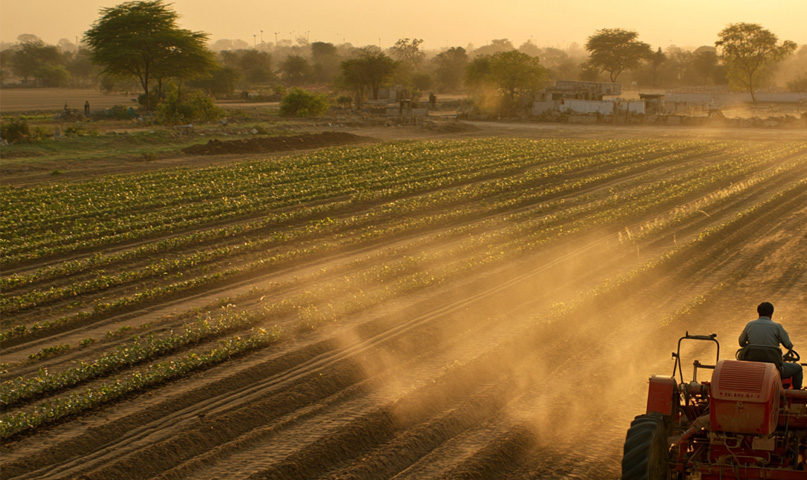
Successful farming begins long before seeds touch the soil. Proper soil preparation is the foundation for healthy plant growth, higher yields, and sustainable land use. Whether you are a small-scale grower or manage a large agricultural enterprise, understanding farming soil care and soil tillage methods is essential. This guide covers practical crop cultivation tips, land preparation steps, and how to use tools like a tractor for efficient results.
1. Why soil preparation matters
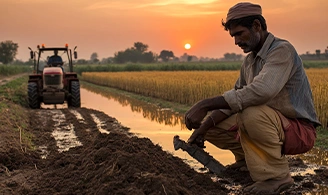
Before planting, your soil needs to be in the right condition to support crops. Good soil preparation:
- Improves aeration and drainage
- Enhances nutrient availability
- Encourages root development
- Helps control weeds, pests, and diseases
Neglecting soil preparation can lead to poor germination, stunted plant growth, and reduced yields. Think of it as building a strong foundation before constructing a house.
2. Assessing your soil
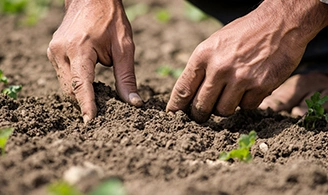
Before you begin land preparation, test your soil to understand its composition and nutrient levels. A simple soil test can reveal:
- pH levels (ideal for most crops is between 6.0–7.0)
- Nutrient availability (nitrogen, phosphorus, potassium)
- Texture (sand, silt, clay balance)
This information helps you decide whether to add organic matter, fertilizers, or lime to optimize soil conditions.
Tip: Local agricultural extension offices often provide affordable soil testing services.
3. Clearing the land
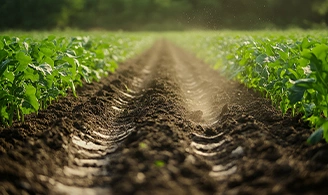
The first physical step in soil preparation is removing debris, weeds, rocks, and old crop residues. This ensures seeds have direct contact with the soil and prevents pest infestations.
Methods for clearing land:
- Manual removal with hoes or spades for small plots
- Mechanical clearing with a tractor and attachments for larger fields
If you are converting pasture or wild land, consider ploughing deeply to incorporate organic matter and loosen compacted layers.
Also Read: Top 6 Land Preparation Machinery Used in Agriculture
4. Soil tillage methods
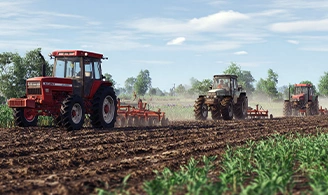
Soil tillage methods vary depending on crop type, soil condition, and farming practices. The main options include:
4.1 Conventional tillage
Involves ploughing, harrowing, and leveling to create a fine seedbed. It’s effective for weed control and soil aeration but can lead to erosion if overused.
Tools: Moldboard plough, disc harrow, and rotavator attached to a tractor.
4.2 Reduced or minimum tillage
Minimizes soil disturbance, preserving structure and moisture while reducing erosion. It also promotes beneficial soil organisms.
Tools: Chisel plough or direct seeding equipment.
4.3 No-till farming
Seeds are directly planted into undisturbed soil with crop residues left on the surface. This method conserves moisture, reduces fuel costs, and improves soil health over time.
Tools: No-till seed drill.
5. Adding organic matter and fertilizers
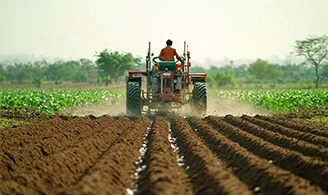
Healthy soil needs a balance of nutrients and organic matter. Incorporating compost, manure, or green manure crops during land preparation improves structure, water retention, and microbial activity.
Fertilizer tips:
- Base application rates on your soil test results
- Apply slow-release fertilizers for steady nutrient availability
- Avoid over-fertilization, which can harm plants and pollute waterways
6. Leveling and seedbed preparation
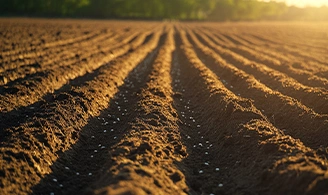
After tillage, the soil should be leveled for uniform irrigation and planting depth. A fine, crumbly seedbed helps seeds germinate evenly.
Tractor implements for leveling:
- Leveling board
- Laser land leveler for precision irrigation management
7. Moisture management
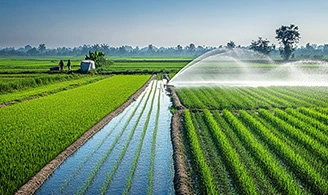
Before sowing, ensure the soil has adequate moisture but is not waterlogged. Too much water can compact soil, while too little will hinder germination.
Tip: In dry regions, pre-irrigate the land before planting.
8. Using a tractor for efficient soil preparation
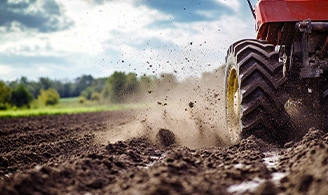
For medium-to-large farms, a tractor is a vital asset for efficient and timely soil preparation. It can power various implements for ploughing, harrowing, leveling, and even planting. Using mechanized equipment saves labor, improves precision, and allows you to prepare large areas quickly—critical during short planting windows.
Popular tractor attachments for soil work:
- Ploughs (moldboard, disc, chisel)
- Harrows (disc and tine)
- Rotavators for fine seedbed preparation
- Cultivators for weed control
9. Crop Cultivation tips for healthy soil
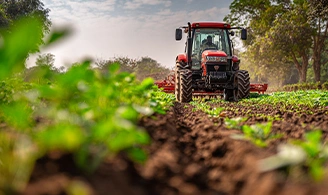
Maintaining soil health is an ongoing process, not just a one-time task before planting. Here are some crop cultivation tips for sustainable farming:
- Practice crop rotation to prevent nutrient depletion and pest buildup
- Use cover crops to protect soil from erosion and enrich organic matter
- Avoid over-tillage to maintain structure and moisture
- Incorporate mulching to retain soil moisture and suppress weeds
Also Read: Top 5 Crops to Cultivate During the Monsoon Season in India
10. Final checklist before planting
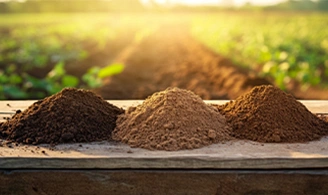
- Soil tested and pH adjusted if necessary
- Land cleared of debris and weeds
- Tillage method selected and implemented
- Organic matter and fertilizers applied
- Soil leveled and moisture checked
- Seedbed ready for planting
Conclusion
Proper soil preparation is the backbone of successful crop cultivation. From assessing soil health to choosing the right soil tillage methods and caring for your land with sustainable practices, every step influences your yield and profitability. Whether you rely on manual labor or a tractor for land preparation, investing time and effort before planting will pay off at harvest. Remember, healthy soil equals healthy crops, and healthy crops equal a thriving farm.










